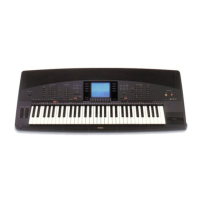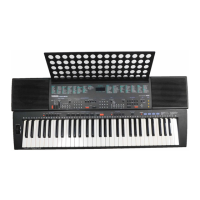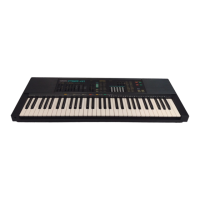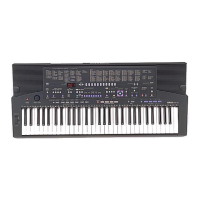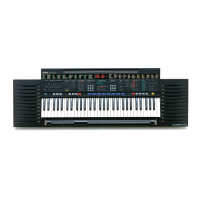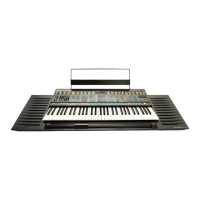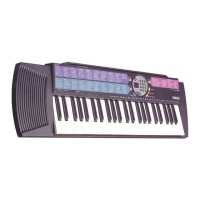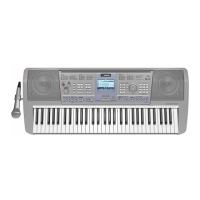How to fix no sound on my Yamaha Electronic Keyboard?
- AAmanda LiuJul 29, 2025
If your Yamaha Electronic Keyboard has no sound, ensure the volume controls and foot volume aren't turned down. Unplug any headphones from the PHONES jack. If the FADE OUT switch is on, press the FADE IN/OUT switch to deactivate it. Finally, check that MIDI local control is ON using the F8 MIDI function.
